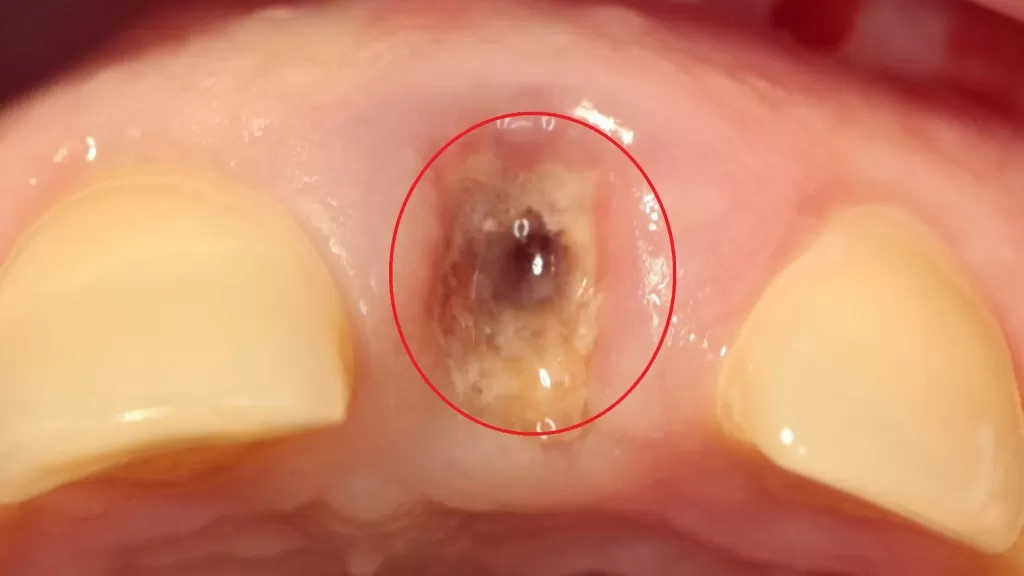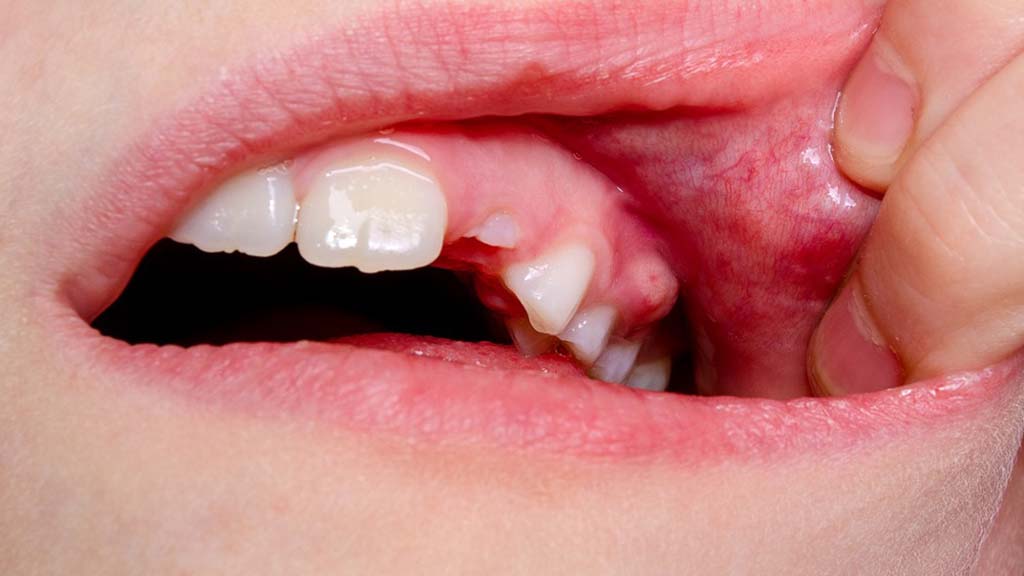Understanding Holes in Gums: Causes, Symptoms, and Treatment Options for Optimal Oral Health

Have you ever noticed a small hole in your gums or an indent behind your molar and wondered why it’s there? Gum health plays a crucial role in maintaining overall oral hygiene, and any abnormalities, like a hole in the gums, can be a sign of underlying issues. A “hole in gums” can appear behind molars, on the back of the gums, or even as an indent in the gums. These issues can often be a result of various dental conditions ranging from gum disease to post-surgical healing, so it’s vital to understand what causes holes in gums, the symptoms, and effective treatment options.
This article provides an in-depth look at what a hole in the gums means, the potential causes, and how you can protect your oral health. We will also explore terms like hole in gum, holes in gums, hole in gums behind molar, and indent in gums, offering advice to help you learn more about these dental conditions.
What Causes a Hole in the Gums?
Several factors can contribute to the formation of a hole in your gums. While some cases are harmless, others may indicate a more serious dental or periodontal issue. Here are some common causes:
1. Gum Disease (Periodontitis)
Gum disease is one of the most common causes of a hole in gums. Periodontitis causes the gums to recede, which can create indentations or holes in the tissue. Advanced gum disease leads to bone loss around teeth, creating deep pockets or holes between the gum and the tooth. These pockets can trap food, leading to further infection and inflammation.
Related Reading: Guide to Gum Health: How to Prevent and Treat Gum Disease


2. Tooth Extraction
After a tooth extraction, especially wisdom teeth, you might notice a hole in the gums where the tooth was removed. This is part of the healing process, but if the hole persists or leads to complications like a dry socket, it’s essential to seek dental care.
Further Reading: Normal Socket vs Dry Socket After Tooth Extraction

3. Oral Trauma or Injury
Accidental trauma, such as from chewing hard foods or biting down on a sharp object, can create a hole in your gums. Sometimes, foreign objects can pierce the gums, leading to small holes or indentations.
4. Gum Abscess
A gum abscess forms when bacteria infect the gum tissue, creating a pocket of pus. Once drained, a hole or indentation may remain until the tissue heals. Abscesses are often accompanied by pain, swelling, and a foul taste in the mouth.
5. Surgical Procedures
Certain dental procedures, like a gum graft or flap surgery, may result in temporary holes in the gums. These are typically part of the healing process but should be monitored to ensure proper recovery.
6. Canker Sores
Canker sores can leave holes or ulcers in the gums once they begin to heal. Though these are generally harmless, frequent or severe occurrences may warrant further investigation.
Symptoms Associated with a Hole in the Gums
While a hole in the gums might be visible, there are other symptoms that may indicate a more serious condition. These symptoms include:
- Pain or sensitivity: Especially when chewing or brushing your teeth.
- Swelling: Inflammation or swelling around the hole or gum area.
- Bad breath: Persistent bad breath or an unpleasant taste in your mouth.
- Bleeding: Gums may bleed easily when touched or during brushing.
- Loose teeth: If gum disease is the cause, you may notice your teeth feeling loose due to bone loss around the gums.
Learn More: Symptoms of Gum Disease and How to Prevent It
How to Treat a Hole in the Gums
The treatment for a hole in your gums depends on the underlying cause. Below are some of the most common treatment options:
1. Deep Cleaning (Scaling and Root Planing)
If gum disease is the culprit, your dentist may recommend deep cleaning, also known as scaling and root planing. This procedure removes plaque and tartar from below the gum line and smoothens the roots, allowing the gums to heal.
2. Antibiotics
For infections such as abscesses or gum disease, your dentist may prescribe antibiotics to eliminate the infection. These can be in the form of topical gels, oral medications, or special mouth rinses.
3. Gum Surgery
In advanced cases of gum disease, surgical intervention may be necessary. Procedures like flap surgery or bone grafts can help repair the gums and bone, closing the holes and preventing further deterioration.
Further Reading: Understanding Bone Grafting in Dental Procedures
4. Oral Rinses and Good Oral Hygiene
In mild cases, maintaining proper oral hygiene with antibacterial mouthwashes and regular brushing and flossing can help the gums heal naturally. Saltwater rinses can also soothe inflammation and keep the area clean.
Related Guide: How to Maintain Optimal Oral Hygiene
5. Laser Therapy
Laser treatments are gaining popularity for treating periodontal disease. A laser can be used to remove infected gum tissue and promote healing, closing up any holes caused by the disease.
Prevention: How to Avoid Holes in Your Gums
Prevention is always the best course of action when it comes to oral health. Here are some tips to prevent gum problems like holes from occurring:
- Practice good oral hygiene: Brush your teeth twice a day and floss daily.
- Regular dental checkups: Visit your dentist every six months for routine cleanings and checkups to catch any problems early.
- Healthy diet: Limit sugary and acidic foods that can lead to plaque buildup and gum disease.
- Quit smoking: Smoking significantly increases the risk of gum disease and oral health problems.
Related Guide: Tooth Brushing Guide for Optimal Oral Health
When to See a Dentist
If you notice a hole in your gums, especially if it’s accompanied by pain, bleeding, or swelling, it’s crucial to see a dentist as soon as possible. Early diagnosis and treatment can prevent more serious conditions like gum disease from worsening. Don’t ignore the signs—your oral health is critical to your overall well-being.
Further Reading: Tooth Extraction Aftercare Tips
Conclusion
Holes in the gums, whether from gum disease, injury, or surgical recovery, can be concerning. By understanding the causes and symptoms, you can take the necessary steps to protect your gums and teeth. Regular dental checkups, proper oral hygiene, and early intervention can help you maintain a healthy smile.
If you notice a hole in gums behind molar, indent in gums, or any other abnormality, seek professional dental advice to address the issue promptly.
FAQs
1. Why is there a hole in my gums? A hole in your gums could be caused by gum disease, an infection, trauma, or a recent dental procedure.
2. Can a hole in the gums heal on its own? In some cases, holes caused by mild trauma or surgical recovery can heal on their own. However, persistent or worsening holes may require professional treatment.
3. How can I prevent holes in my gums? Maintaining good oral hygiene, including brushing, flossing, and regular dental visits, is key to preventing gum disease and other issues that cause holes in the gums.









